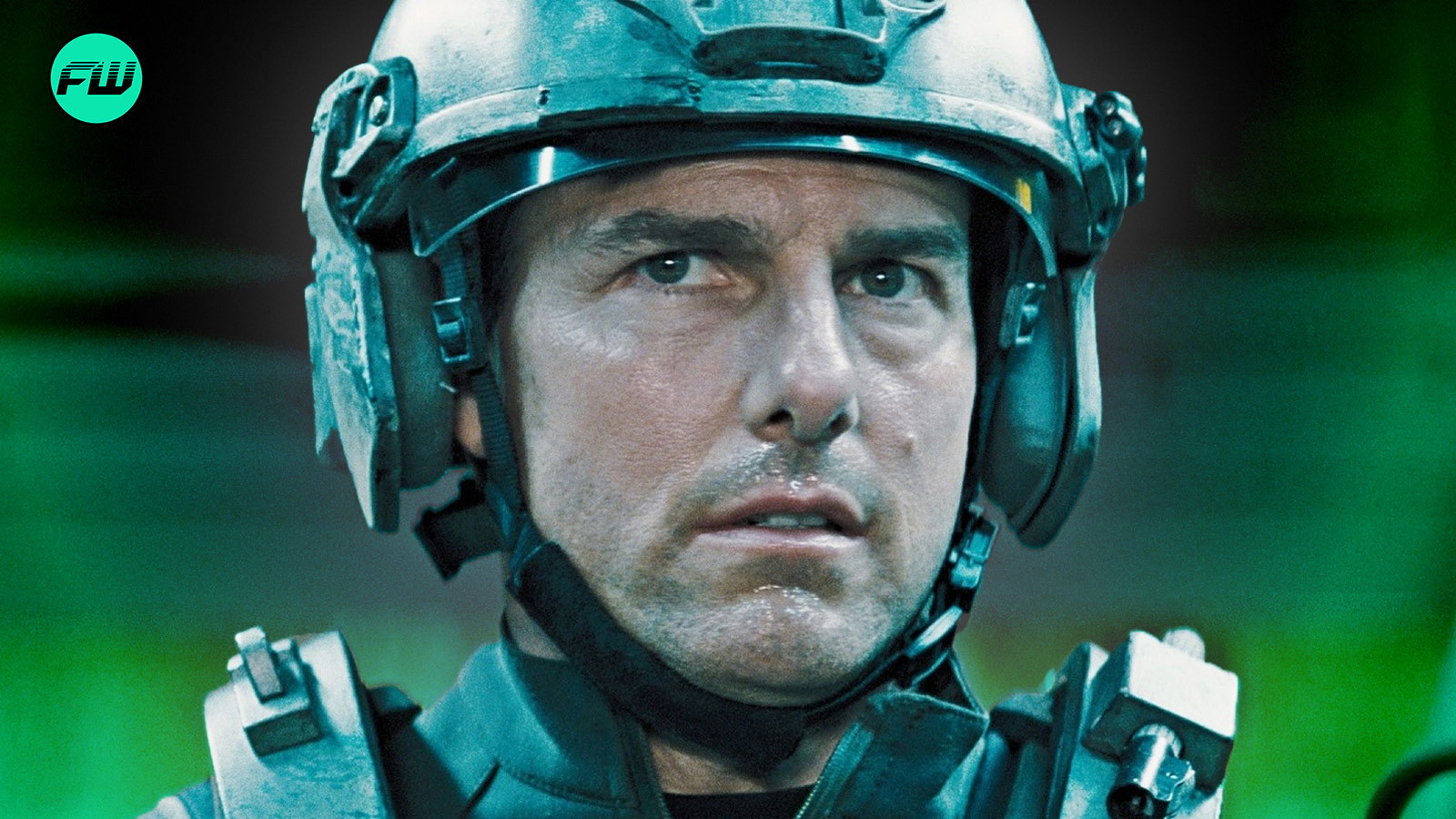
Live-action adaptations of anime and manga have repeatedly proven that no matter how faithful the creators are to the source material, there is much left to be desired. Death Note and Dragon Ball Evolution are cautionary reminders that prevent makers from attempting a live-action.
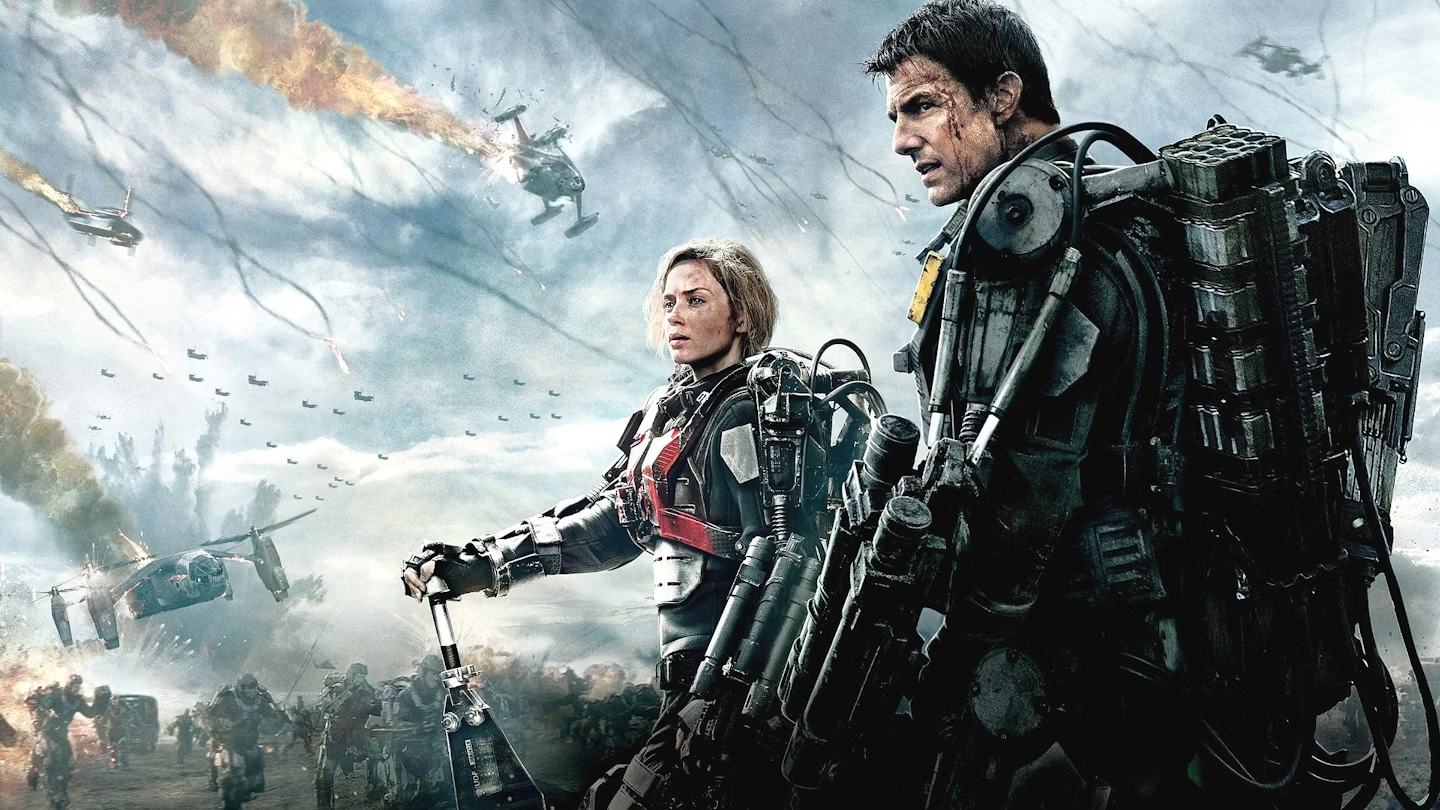
Yet amid these failures, Edge of Tomorrow emerges as an anomaly. The adaptation of a Japanese light novel received praise for its performances and pacing. But, of course, even this anomaly isn’t immune to comparisons from critics, who call it a great movie but a not-so-great adaptation.
Why do Live-Action adaptations fail?
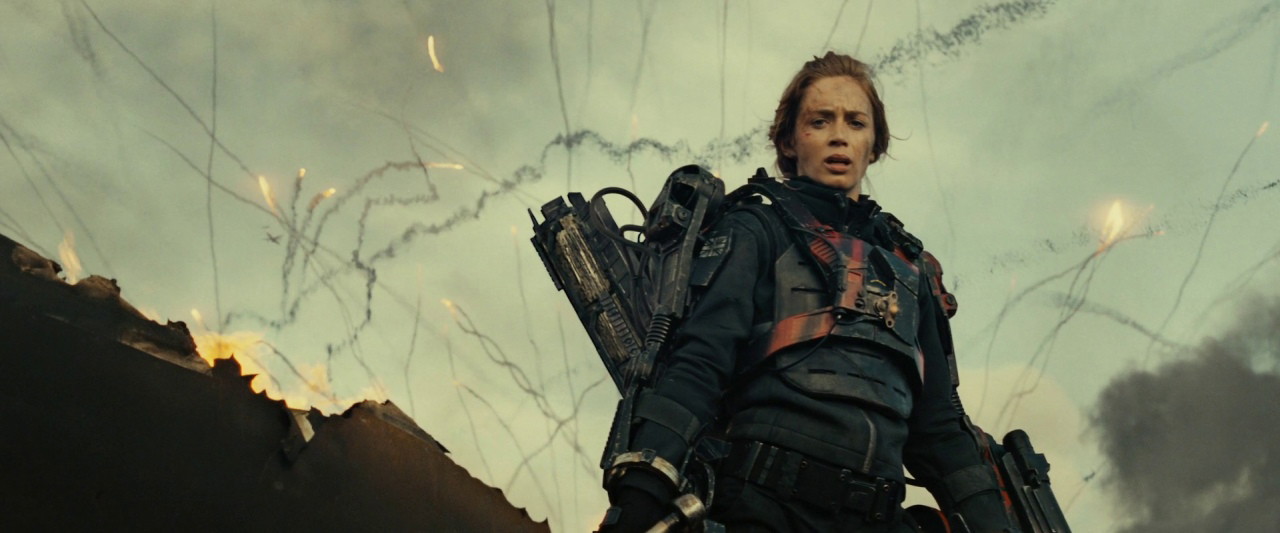
Live-action adaptations are notorious for failing to adapt the source material. They try too hard to mimic the qualities of their source material, which often do not translate so well onto the screen, and seem exaggerated.
While the action and exaggerated stakes in the medium of an anime or manga seem acceptable, they come across as cheesy in live-action (like Rita or Kiriya wielding a 200 kg battle axe).
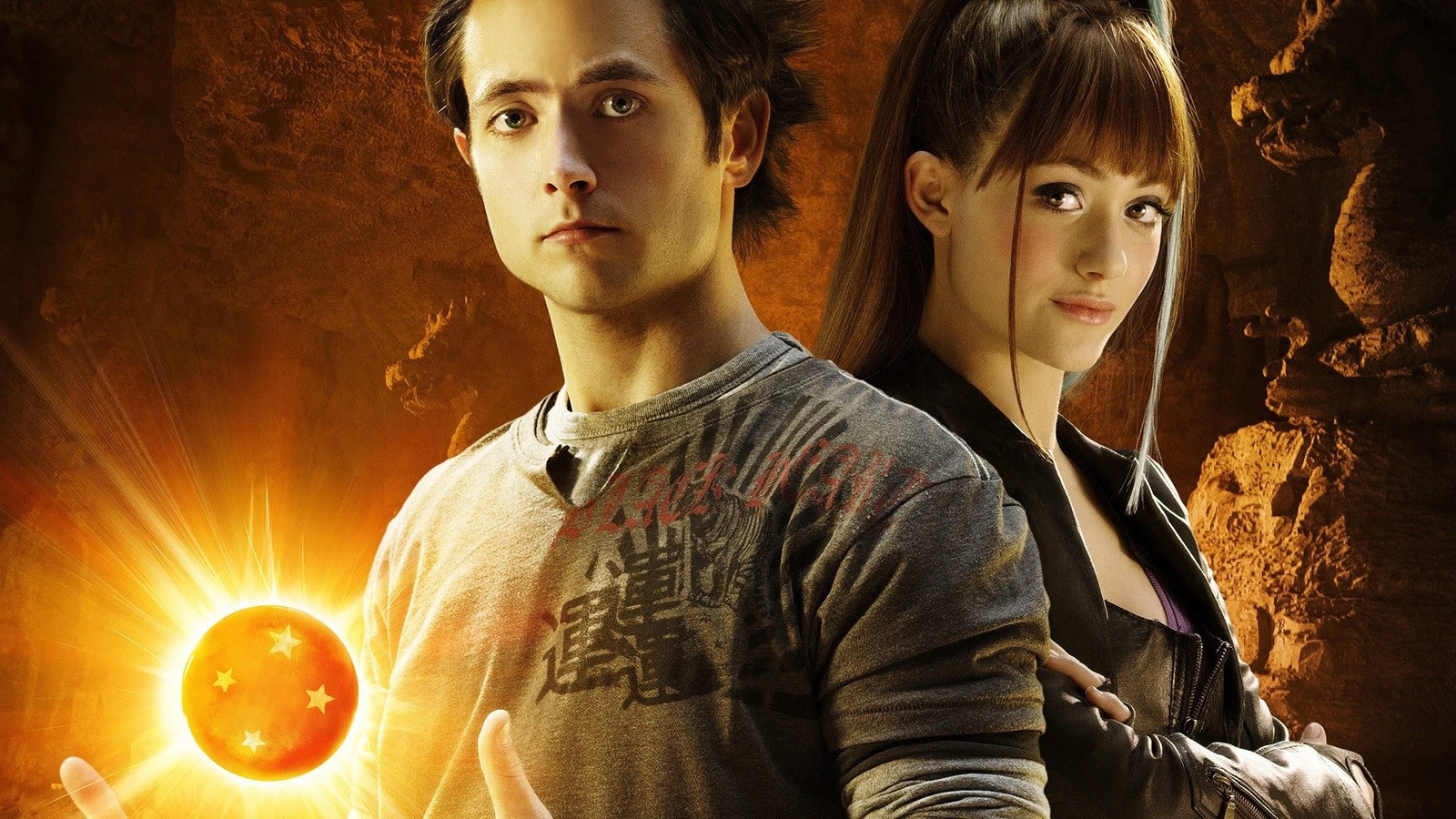
Translating the high-paced action of anime is impossible due to the limitations of CGI and human performance. Dragon Ball Evolution is a prime example of a project failing to capture the spirit of its source.
The movie is infamous for its miscasting and messing up the source material. The absence of humor and the horrible CGI did it no favors, and few people acknowledge its existence.
In contrast, adaptations such as Netflix’s One Piece have experienced monumental success despite the rocky start. The adaptation was so good that a second season is in the works. But despite all the praise it received, fans complained about the CGI and the casting.
Comment
byu/Ficboy from discussion
inLightNovels
It’s the same with Edge of Tomorrow, which despite being an effective adaptation, is prone to insults and criticism. Even Tom Cruise’s excellent performance couldn’t stop the critics from calling it a good movie, but a horrible adaptation.
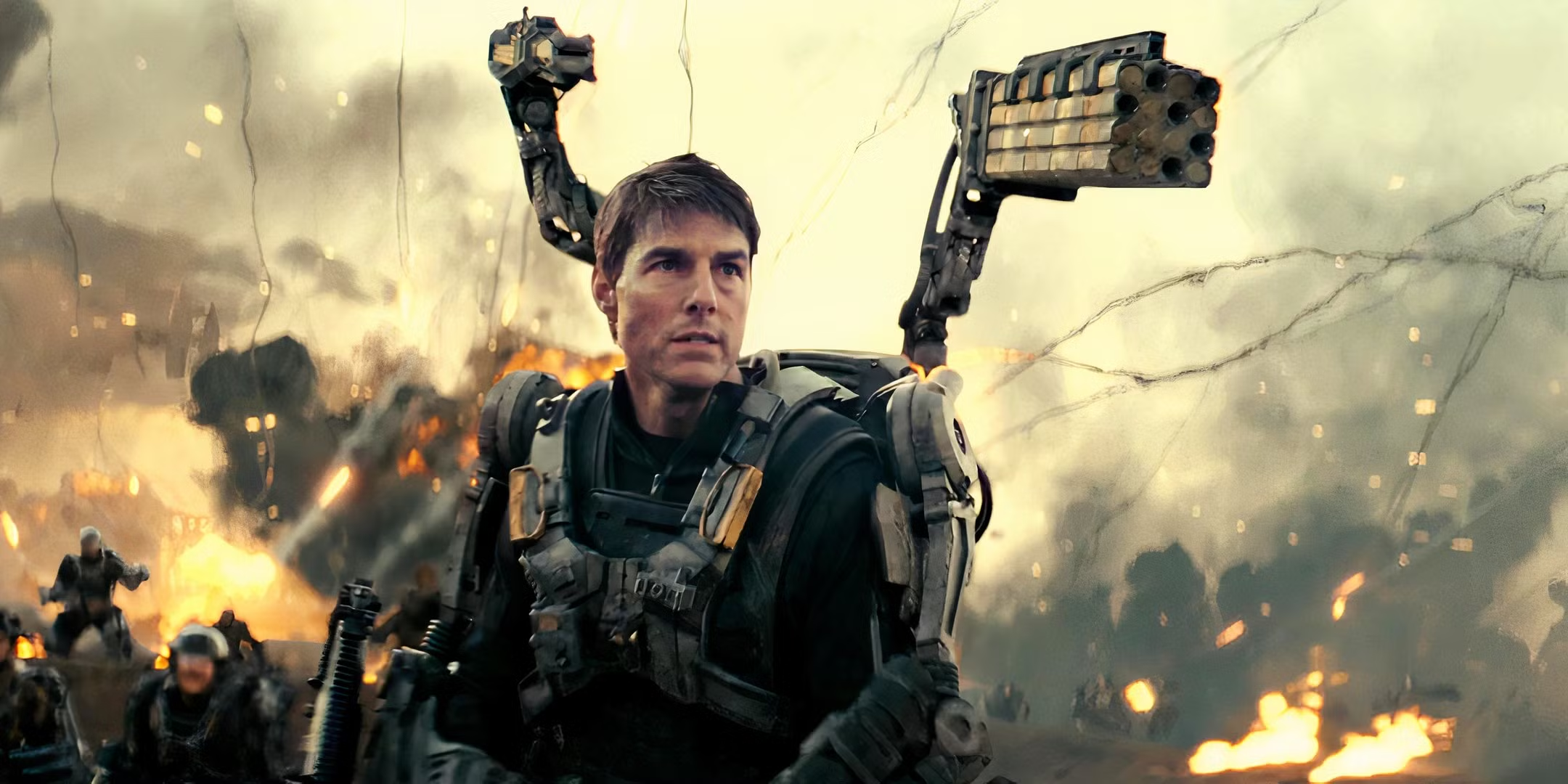
Live-action adaptations are often criticized, and fans bicker about how they omit plots from the source material and tone down the story’s impact. These debates arise because the source materials have set a high bar that live-actions simply cannot meet.
Anime and Manga set a high bar
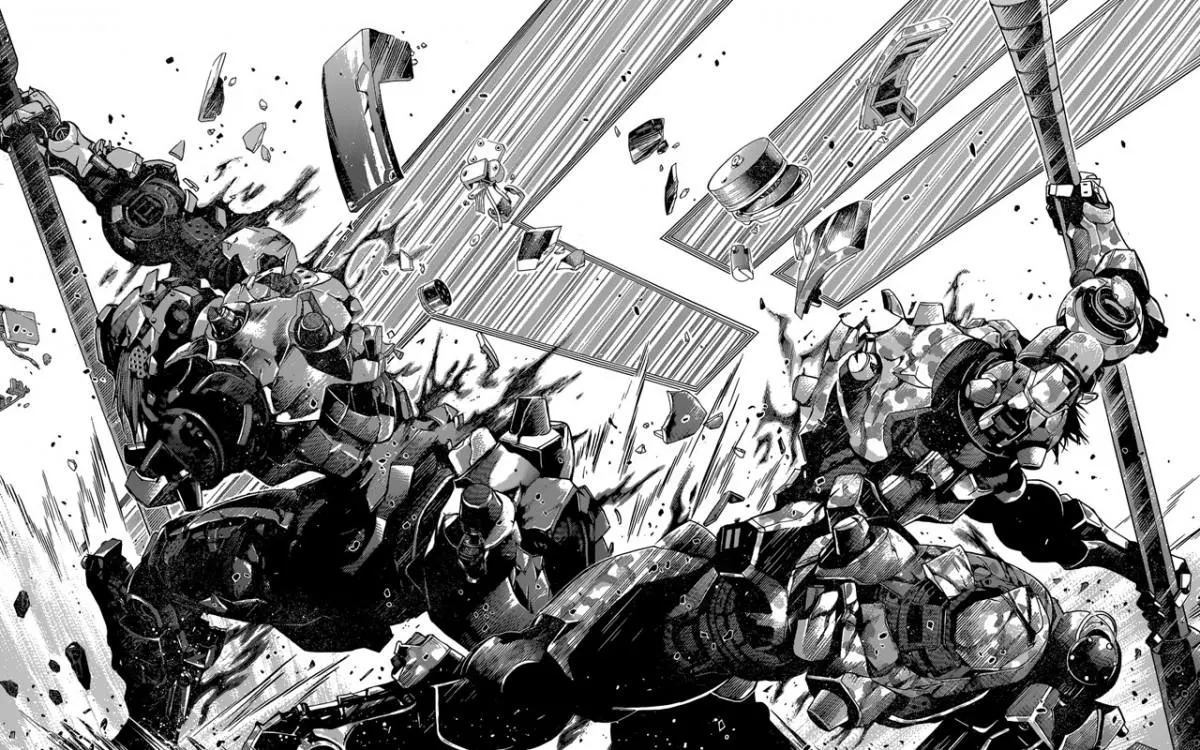
Anime takes storytelling to the next level with its intricate sensory design. Every work, every OST, and even the moments of silence are crafted to carry a sense of meaning. The anime’s fluid animation, dynamic choreography, and details cannot be translated into a live-action.
And even when they are, it just seems like a step-down.
It’s the same with manga. The stylistic art and the panels allow a reader to see every movement. Each panel conveys dynamic action and intense emotions, and these details can get lost in a different medium.
The way the manga adaptation of All You Need Is Kill can be silly in one panel and serious in the next cannot be replicated by actors on the screen.
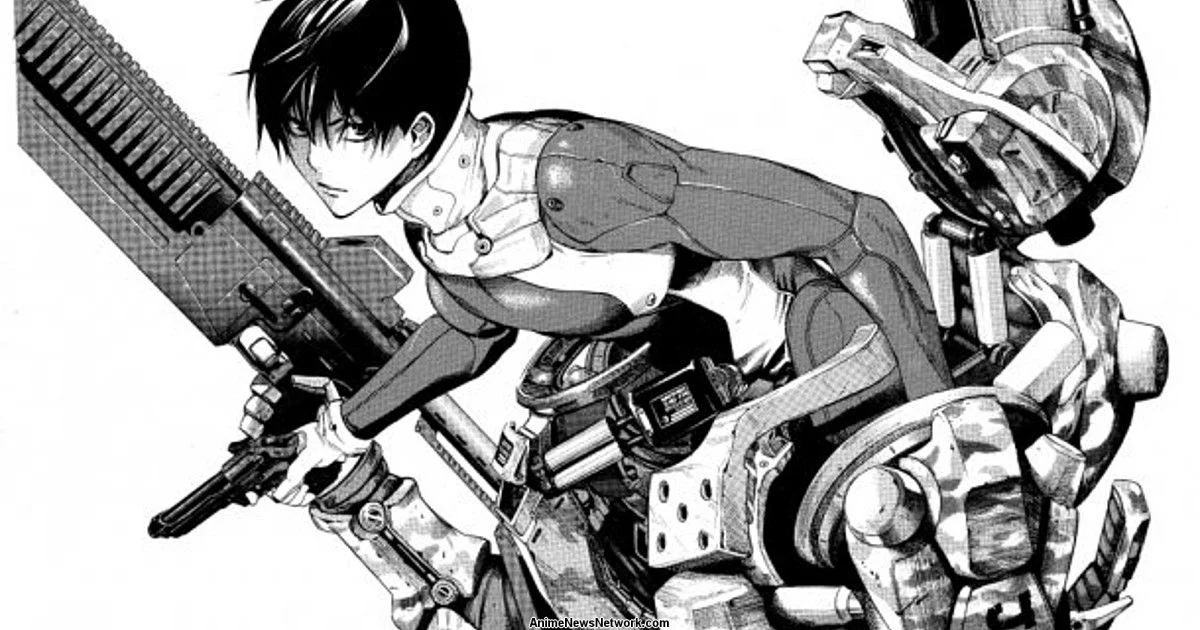
Instead of trying to replicate the anime’s flow and the manga’s intensity, filmmakers should focus on the core idea. They can concentrate on things like improving the characters for the live-action.
Even a film like Edge of Tomorrow was hailed as an okayish adaptation. Its impact was nothing compared to the impact of the manga and light novel. As long as these adaptations are compared to their sources, they will inevitably fall short, cementing that live-action adaptations will fail to be as good as their source materials.
This post belongs to FandomWire and first appeared on FandomWire



